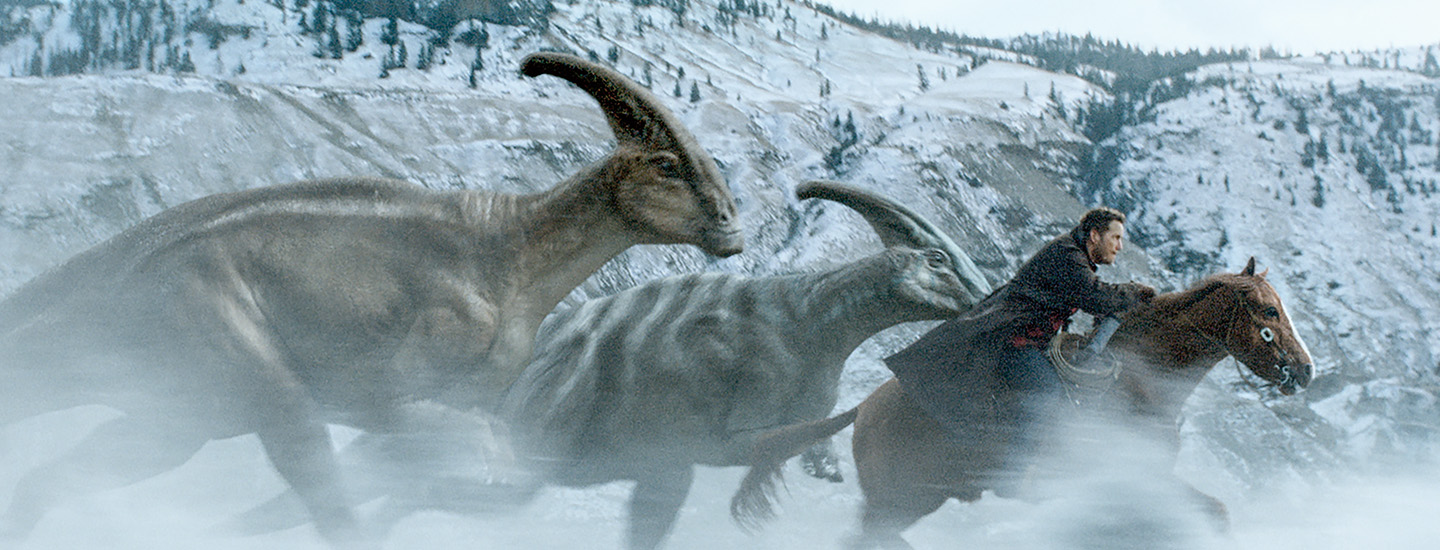Dinosaurs are back in action this summer in the movie Jurassic World Dominion, which hits theaters June 10. In this new installment, the park’s cloned dinosaurs go global. Humans have to figure out how to share their world with dinosaurs—from tiny Moros intrepidus to massive Gigantosaurus.
Scientists have learned a lot about dinosaurs of all kinds since the first Jurassic Park film came out in 1993. That’s why Jurassic World Dominion director Colin Trevorrow knew he wanted to bring these discoveries to the big screen. So he asked paleontologist Stephen Brusatte to consult on the film as a real-world dinosaur expert.
Look out for dinosaurs this summer! The movie Jurassic World Dominion opens on June 10. It’s the final film in a series about bringing dinosaurs back to life. In this installment, the dinosaurs spread around the world. Humans have to figure out how to keep them under control.
The first Jurassic Park film came out in 1993. Since then, scientists have learned a lot about dinosaurs. Colin Trevorrow, who directed Jurassic World Dominion, wanted to use this knowledge. So he hired a dinosaur expert to advise on the film.

